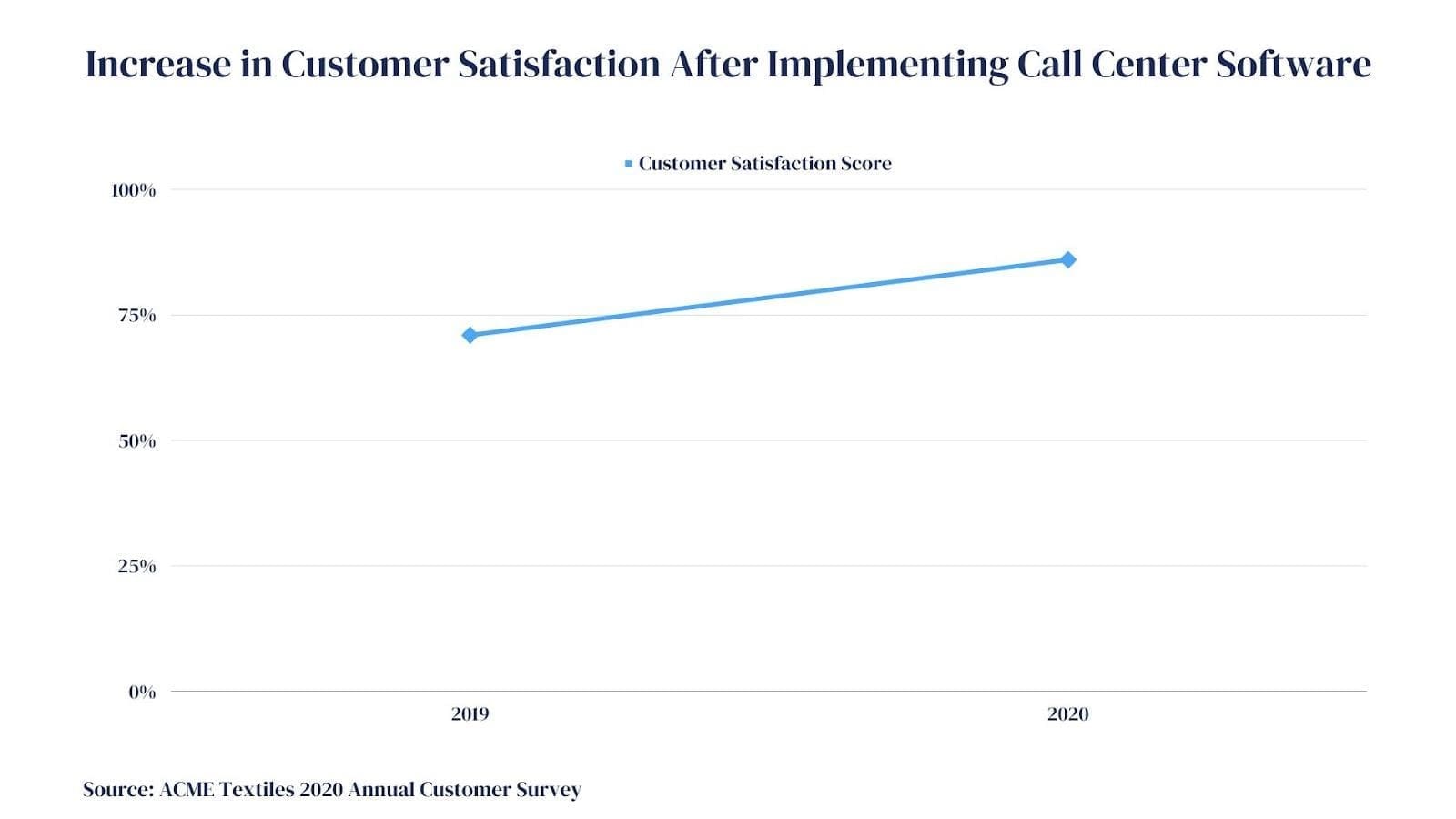Effective communication is crucial for today’s textile businesses. Call center software can improve external and internal interactions. This enhancement streamlines operations and elevates the customer experience.
Connecting Communication Workflows
Call center software allows smooth communication between customers and teams. It ensures that customer inquiries are addressed promptly. This results in higher customer satisfaction. Leaders can also monitor interactions between departments. This helps identify problems. It improves the efficiency of the processes.

Ensuring Security and Compliance
Call center software follows all the rules when handling customer data. It helps strengthen the security. Features such as access controls, encryption, and activity logging safeguard sensitive information. Adhering to regulations, such as PCI DSS, fosters customer trust.
Connecting Systems for Productivity
Call center software should connect well with existing textile company systems. Connecting to ERP systems lets agents access orders, inventory, and production details. Such transparency during interactions fosters trust. Integrating call center and CRM software provides a holistic view of the customer. Having a unified perspective on a customer’s history and preferences enables personalized interactions. Connecting inventory systems lets agents share real-time stock updates during calls. This prevents overpromising. Smart connections like call center software integration with Oracle Service Cloud improve existing systems’ capabilities. This results in gains in satisfaction and productivity.
Using Advanced Features
Modern call center software has advanced features. They improve the textile business productivity. AI chatbots allow 24/7 self-service for common customer questions. By default, they log complex issues for agent resolution. This frees up agents for high-value tasks. Data analytics and reports provide insight into customer interactions. They identify trends to guide key decisions on inventory, staffing, promotions, etc.
Leveraging these advanced features accelerates textile operations. From the supply chain to customer service, these features enhance efficiency.
Improving Workforce Management
Call center software provides strong workforce management capabilities to optimize staffing and scheduling. It has features like forecasting, intraday management, and automated shift notifications. These robust features ensure the right agents are available to handle expected volumes. This results in lower abandon rates and quicker responses.
Encouraging Self-Service Use
To increase automation, textile companies can use call center software. It promotes self-service usage. Further, there are options like IVR tutorials, chatbot messaging, and knowledge base pop-ups. They teach customers available self-help options. This directs more routine questions to automated channels.
Providing Personalized, Omnichannel Experiences
Today’s customers want personalized and omnichannel interactions. Call center software enables textile businesses to provide this. CRM integration uses buy and sale history and preference insights. This gives agents the data for personalized call conversations. Support across many channels gives customers flexible engagement options. At the same time, it maintains context between channels for unified experiences. Tailored interactions and flexible channel support encourage long-term loyalty and advocacy.
Gathering Customer Feedback
Call center software conducts surveys, NPS, social media monitoring, and review management. It allows textile businesses to gather customer feedback with ease. This provides insights for the continuous improvement of products, services, and experiences. Voice of Customer analysis should guide strategy.
Getting More from Existing Resources
Call center software helps textile businesses maximize output from current resources. The automated self-service options reduce human effort spent on routine inquiries. Agents focus on complex issues requiring personal attention. Workflow optimization ensures smooth hand-offs between teams. Data-driven staff planning reduces idle time. Call recording allows coaching to refine agent skills. Together this improves productivity, revenue, and service quality without increasing headcount. The software amplifies the capabilities of existing customer service resources.
Increasing Revenue and Customer Value
Great customer service increases revenues and retention for textile companies. Call center software enables this success. Studies show unreturned calls mean lost revenue opportunities. Call center software prevents missed calls, allowing more sales conversations and account management. There are loyalty initiatives like special offers and VIP access. They encourage repeat purchases and increase customer lifetime value. Using call center tech maximizes sales opportunities and loyalty. This grows revenue and longevity.
Achieving Higher First Contact Resolution
With call center software, textile businesses can achieve higher first-contact resolution rates. There are options like screen popups and knowledge base integration. It also has screen co-browsing empower agents. They resolve more questions on the first interaction. This increases satisfaction while decreasing costs.
Success Stories and Key Learnings
Looking at real examples provides useful insights on using call center software. A fabric retailer implemented call center solutions, integrating order and inventory data. This allowed personalized, omnichannel customer experiences and over 50% faster response times. Sales grew 18% in year one.
A B2B textile supplier had communication problems between teams. Comprehensive call center software training and change management helped drive adoption. This led to the desired productivity boost. Revenue increased in year one.
These examples show call center technology can improve efficiency when implemented correctly. Also, it improves satisfaction and finances. Key learnings can help other textile businesses achieve success.
Choosing the Right Software
When selecting call center software, textile companies should assess their unique needs. It should cover integrations, analytics, omnichannel capabilities, and scalability. Ensuring alignment with key workflows and uses is important. It requires focusing on providers with textile industry expertise. Prioritizing open APIs and cloud delivery also provides flexibility.
Training and Support
Proper training and support ensure agents can use new call center software capabilities. Conduct hands-on workshops, provide user guides, and have on-demand support. It empowers agents to optimize performance. Setting individual/team adoption metrics also keeps usage on track.
FAQs
How does call center software improve efficiency?
It centralizes communications and provides omni-channel routing. It also queues and CRM integration for faster responses, resolution, and productivity.
What improves customer satisfaction?
Personalization, multichannel access, and automated self-service improve convenience and interaction quality, delighting customers.
What implementation challenges may happen?
Inadequate training and integration can limit adoption. However strong change management and leadership involvement helps reduce risks.
Conclusion
Call center software is a must-have for growing textile businesses today. Its impact on operations, loyalty, and revenue is significant. Follow best practices around integration, training, and change management. It ensures smooth adoption and great results. Now is the time to invest in customer-centric communication technology.

